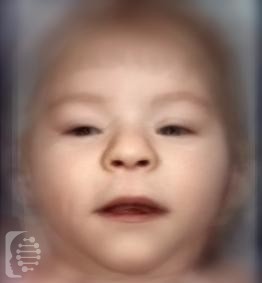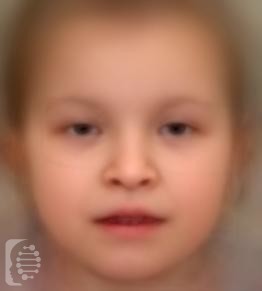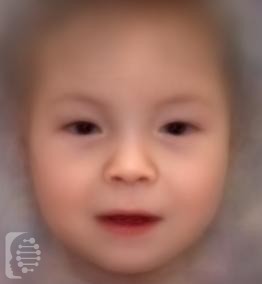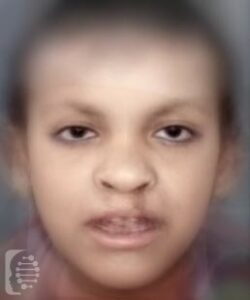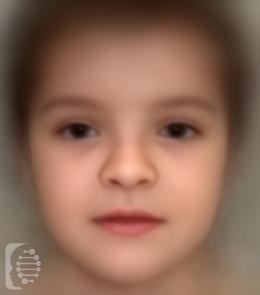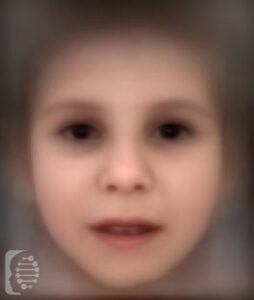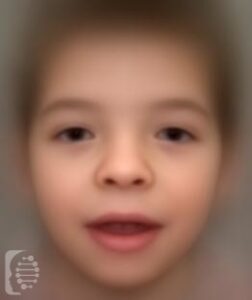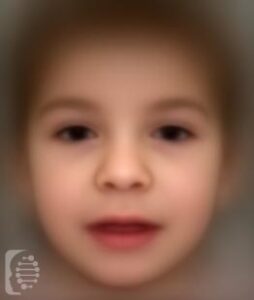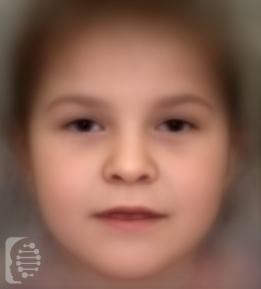
Chromosome 2q37 Deletion syndrome
Chromosome 2q37 Deletion syndrome is a rare genetic syndrome that presents with a wide variety of syndromes and a number of unique, identifying facial features. The main features of the syndrome affect the bones in the fingers and toes of affected individuals, scoliosis (curvature of the spine), and short stature. It has been identified in […]



